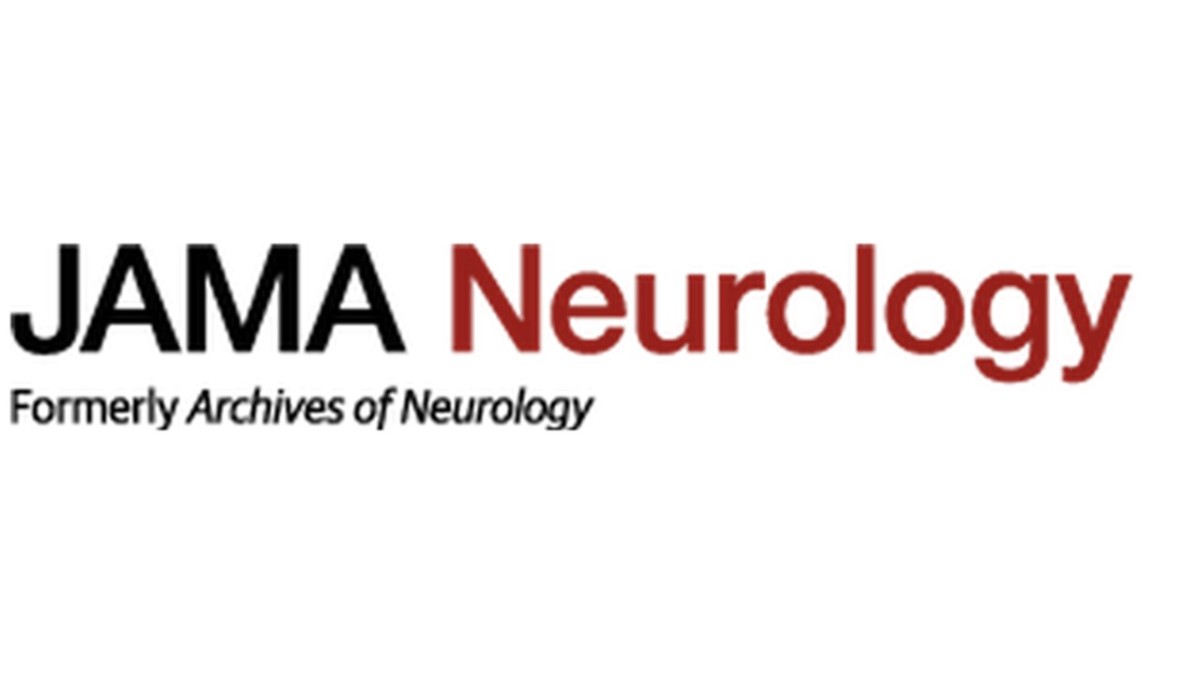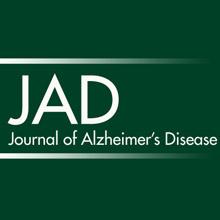 “For many centuries, cannabis (marijuana) has been used for both recreational and medicinal purposes. Currently, there are about 192 million cannabis users worldwide, constituting approximately 3.9% of the global population. Cannabis comprises more than 70 aromatic hydrocarbon compounds known as cannabinoids. Endogenous circulating cannabinoids, or endocannabinoids, such as anandamide and 2-arachidonoyl-glycerol, their metabolizing enzymes (fatty acid amide hydrolase and monoacylglycerol lipase) and 2 G-protein coupled cannabinoid receptors, CB1 and CB2, together represent the endocannabinoid system and are present throughout the human body. In the gastrointestinal (GI) tract, the activated endocannabinoid system reduces gut motility, intestinal secretion and epithelial permeability, and induces inflammatory leukocyte recruitment and immune modulation through the cannabinoid receptors present in the enteric nervous and immune systems. Because of the effects of cannabinoids on the GI tract, attempts have been made to investigate their medicinal properties, particularly for GI disorders such as pancreatitis, hepatitis, and inflammatory bowel diseases (IBD). The effects of cannabis on IBD have been elucidated in several small observational and placebo-controlled studies, but with varied results. The small sample size and short follow-up duration in these studies make it difficult to show the clear benefits of cannabis in IBD. However, cannabis is now being considered as a potential drug for inflammatory GI conditions, particularly IBD, because of its spreading legalization in the United States and other countries and the growing trend in its use. More high-quality controlled studies are warranted to elucidate the mechanism and benefits of cannabis use as a possible option in IBD management.”
“For many centuries, cannabis (marijuana) has been used for both recreational and medicinal purposes. Currently, there are about 192 million cannabis users worldwide, constituting approximately 3.9% of the global population. Cannabis comprises more than 70 aromatic hydrocarbon compounds known as cannabinoids. Endogenous circulating cannabinoids, or endocannabinoids, such as anandamide and 2-arachidonoyl-glycerol, their metabolizing enzymes (fatty acid amide hydrolase and monoacylglycerol lipase) and 2 G-protein coupled cannabinoid receptors, CB1 and CB2, together represent the endocannabinoid system and are present throughout the human body. In the gastrointestinal (GI) tract, the activated endocannabinoid system reduces gut motility, intestinal secretion and epithelial permeability, and induces inflammatory leukocyte recruitment and immune modulation through the cannabinoid receptors present in the enteric nervous and immune systems. Because of the effects of cannabinoids on the GI tract, attempts have been made to investigate their medicinal properties, particularly for GI disorders such as pancreatitis, hepatitis, and inflammatory bowel diseases (IBD). The effects of cannabis on IBD have been elucidated in several small observational and placebo-controlled studies, but with varied results. The small sample size and short follow-up duration in these studies make it difficult to show the clear benefits of cannabis in IBD. However, cannabis is now being considered as a potential drug for inflammatory GI conditions, particularly IBD, because of its spreading legalization in the United States and other countries and the growing trend in its use. More high-quality controlled studies are warranted to elucidate the mechanism and benefits of cannabis use as a possible option in IBD management.”
https://www.ncbi.nlm.nih.gov/pubmed/32127734
http://www.annalsgastro.gr/files/journals/1/earlyview/2020/ev-02-2020-03-AG4866-0452.pdf

 “In vivo studies show that
“In vivo studies show that  “The weak but noteworthy presence of (poly)phenols in hemp seeds has been long overshadowed by the essential polyunsaturated fatty acids and digestible proteins, considered responsible for their high nutritional benefits. Instead, lignanamides and their biosynthetic precursors, phenylamides, seem to display interesting and diverse biological activities only partially clarified in the last decades. Herein, negative mode HR-MS/MS techniques were applied to the chemical investigation of a (poly)phenol-rich fraction, obtained from hemp seeds after extraction/fractionation steps. This extract contained phenylpropanoid amides and their random oxidative coupling derivatives, lignanamides, which were the most abundant compounds and showed a high chemical diversity, deeply unraveled through high resolution tandem mass spectrometry (HR-MS/MS) tools.
“The weak but noteworthy presence of (poly)phenols in hemp seeds has been long overshadowed by the essential polyunsaturated fatty acids and digestible proteins, considered responsible for their high nutritional benefits. Instead, lignanamides and their biosynthetic precursors, phenylamides, seem to display interesting and diverse biological activities only partially clarified in the last decades. Herein, negative mode HR-MS/MS techniques were applied to the chemical investigation of a (poly)phenol-rich fraction, obtained from hemp seeds after extraction/fractionation steps. This extract contained phenylpropanoid amides and their random oxidative coupling derivatives, lignanamides, which were the most abundant compounds and showed a high chemical diversity, deeply unraveled through high resolution tandem mass spectrometry (HR-MS/MS) tools. “To assess any clinical improvement attributable to the addition of medical
“To assess any clinical improvement attributable to the addition of medical  “While medical and recreational cannabis use is becoming more frequent among older adults, the neurocognitive consequences of cannabis use in this age group are unclear. The aim of this literature review was to synthesize and evaluate the current knowledge on the association of cannabis use during older-adulthood with cognitive function and brain aging.
“While medical and recreational cannabis use is becoming more frequent among older adults, the neurocognitive consequences of cannabis use in this age group are unclear. The aim of this literature review was to synthesize and evaluate the current knowledge on the association of cannabis use during older-adulthood with cognitive function and brain aging. “Clinical evidence supports effectiveness of
“Clinical evidence supports effectiveness of  “Alzheimer’s disease (AD) is characterized by progressive cognitive decline and pathologically by the accumulation of amyloid-β (Aβ) and tau hyperphosphorylation causing neurodegeneration and neuroinflammation. Current AD treatments do not stop or reverse the disease progression, highlighting the need for more effective therapeutics.
“Alzheimer’s disease (AD) is characterized by progressive cognitive decline and pathologically by the accumulation of amyloid-β (Aβ) and tau hyperphosphorylation causing neurodegeneration and neuroinflammation. Current AD treatments do not stop or reverse the disease progression, highlighting the need for more effective therapeutics. “Herein, 11 general types of natural cannabinoids from Cannabis sativa as well as 50 (-)-CBD analogues with therapeutic potential were described. The underlying molecular mechanisms of CBD as a therapeutic candidate for epilepsy and neurodegenerative diseases were comprehensively clarified. CBD indirectly acts as an endogenous cannabinoid receptor agonist to exert its neuroprotective effects. CBD also promotes neuroprotection through different signal transduction pathways mediated indirectly by cannabinoid receptors. Furthermore, CBD prevents the glycogen synthase kinase 3β (GSK-3β) hyperphosphorylation caused by Aβ and may be developed as a new therapeutic candidate for Alzheimer’s disease.”
“Herein, 11 general types of natural cannabinoids from Cannabis sativa as well as 50 (-)-CBD analogues with therapeutic potential were described. The underlying molecular mechanisms of CBD as a therapeutic candidate for epilepsy and neurodegenerative diseases were comprehensively clarified. CBD indirectly acts as an endogenous cannabinoid receptor agonist to exert its neuroprotective effects. CBD also promotes neuroprotection through different signal transduction pathways mediated indirectly by cannabinoid receptors. Furthermore, CBD prevents the glycogen synthase kinase 3β (GSK-3β) hyperphosphorylation caused by Aβ and may be developed as a new therapeutic candidate for Alzheimer’s disease.”
 “The 20% prevalence of chronic pain in the general population is a major health concern given the often profound associated impairment of daily activities, employment status, and health-related quality of life in sufferers. Resource utilization associated with chronic pain represents an enormous burden for healthcare systems. Although analgesia based on the World Health Organization’s pain ladder continues to be the mainstay of chronic pain management, aside from chronic cancer pain or end-of-life care, prolonged use of non-steroidal anti-inflammatory drugs or opioids to manage chronic pain is rarely sustainable.
“The 20% prevalence of chronic pain in the general population is a major health concern given the often profound associated impairment of daily activities, employment status, and health-related quality of life in sufferers. Resource utilization associated with chronic pain represents an enormous burden for healthcare systems. Although analgesia based on the World Health Organization’s pain ladder continues to be the mainstay of chronic pain management, aside from chronic cancer pain or end-of-life care, prolonged use of non-steroidal anti-inflammatory drugs or opioids to manage chronic pain is rarely sustainable.